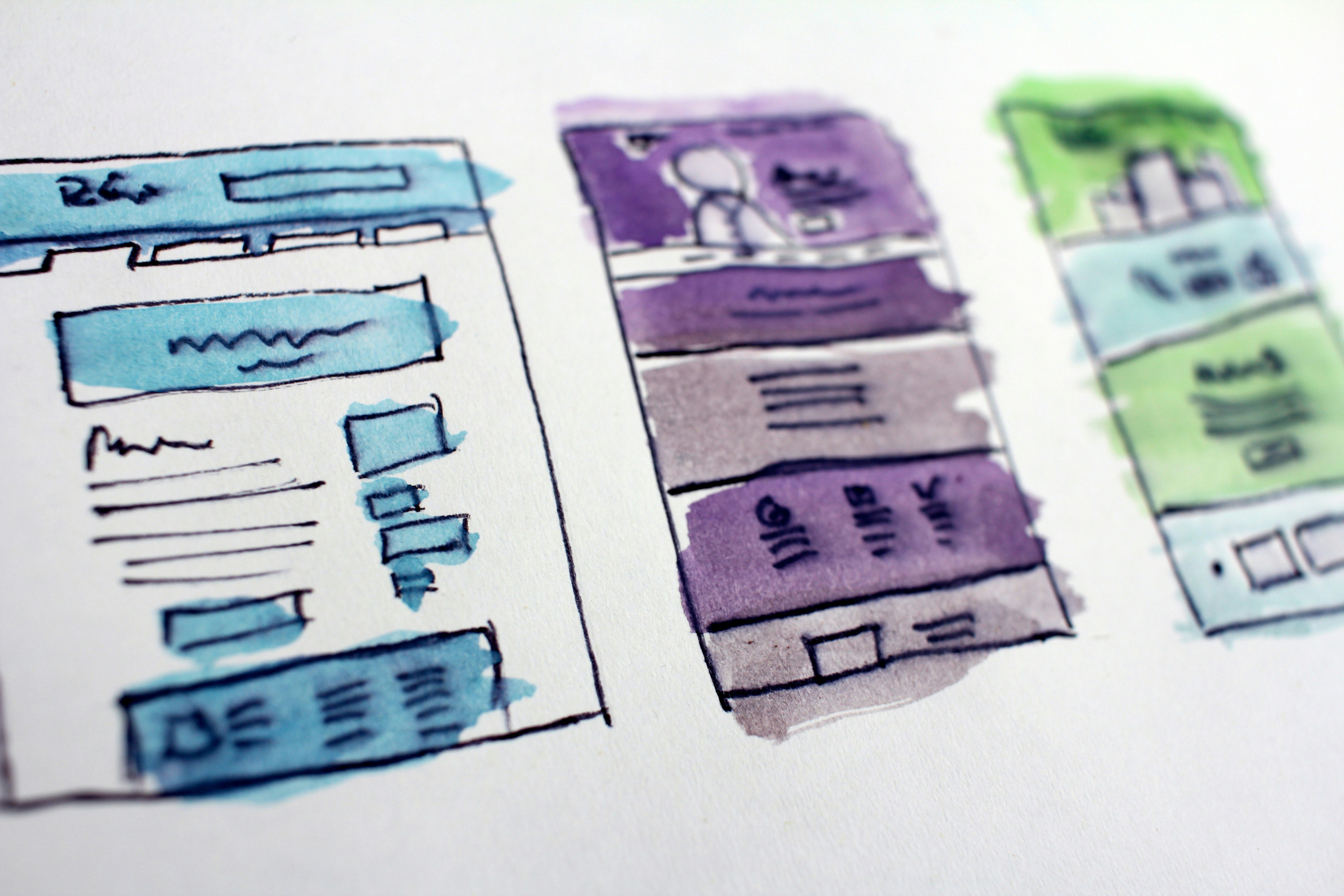Risks and Solutions When a B2B Company Adopts a SaaS Model

Author
CEO Jang Jun-ha
Software as a Service (SaaS) has positioned itself as a key driver of digital innovation in the modern B2B corporate environment. The undeniable appeal of SaaS lies in its ability to enable rapid system deployment and flexible scaling while reducing the burden of initial investment. However, behind these advantages are potential risks that can easily be overlooked. For a successful adoption and utilization of SaaS, it is crucial to recognize these risk factors in advance and establish clear strategies to address them effectively. DQ*SO Corporation provides detailed guidance on major risks and their solutions.
1. Threats to Key Assets: Data Security and Access Control
One of the biggest factors hindering B2B companies from adopting SaaS is data security. Given the structural characteristic that sensitive core data such as customer information, financial transaction records, and internal strategy documents are stored on external providers' servers, the impact of a security breach can be catastrophic. Furthermore, complex access authorization settings can inadvertently lead to internal information leaks.
Strategic Response:
Select Certified Solutions: Prioritize SaaS solutions that are certified by international information security standards (ISO 27001, SOC 2, etc.), ensuring basic security reliability.
Verify Enhanced Security Features: Opt for services that include data encryption (both in transit and at rest), multi-factor authentication (MFA/2FA), granular access control, and regular security updates and patch management.
Continuous Verification System: Request regular self-security audit reports from the provider, and when necessary, perform direct audits to ensure the contracted security level is genuinely maintained.
2. Obstacles to Business Continuity: Service Interruptions and Dependency Risks
The SaaS model inherently implies dependency on external services. If system disruptions, natural disasters, or unanticipated business shutdowns occur on the part of the SaaS provider, the core operations of a company running on that service could suffer serious paralysis. This can lead to decreased productivity and a decline in customer trust.
Strategic Response:
Clarify SLA: Clearly outline system availability targets (e.g., 99.9%), response and recovery time in case of issues, and compensation conditions in the Service Level Agreement (SLA) with legal enforceability.
Develop Data Backup and Recovery Strategies: Thoroughly review the backup and redundancy systems provided by the SaaS provider. Furthermore, establish your own critical data backup systems and regularly test data transfer to prepare an 'Exit Strategy' for emergencies.
Evaluate Provider Stability: Assess the financial health, market reputation, and business sustainability of the SaaS provider in advance to gauge long-term service stability.
3. The Dilemma of Standardization: Limitations of Customization and Integration
Since SaaS is a service provided to multiple customers generically, there are structural limitations in fully accommodating the unique complex business processes or specific requirements of a particular company. This can result in conflicts with existing workflows or cause user inconvenience.
Strategic Response:
Review Scalability and Interconnectivity: From the initial consideration stage, meticulously check the availability of Application Programming Interface (API) and Webhook support, ease of integration with external systems, and flexibility of data import/export.
Assess Flexible Configuration Options: Identify the range of possible customizations through configuration changes without coding, such as adding/modifying fields and adjusting workflows, and evaluate if the core requirements of the business can be accommodated.
Hybrid Approach: Process standard tasks through SaaS solutions while using internal development systems or other specialized solutions for company-specific functions, as a hybrid approach can be an effective alternative.
4. The Pitfall of Budget Control: Total Cost of Ownership (TCO) and Hidden Costs
While the low initial adoption cost is appealing, it’s easy to overlook that SaaS can lead to unexpected long-term cost increases. Increases in user numbers, expanded data usage, and costs related to advanced features or additional modules often exceed the initial budget.
Strategic Response:
Perform TCO Analysis: Beyond short-term costs, consider expected user growth trends, needed function expansion plans, and data storage requirements to meticulously calculate the Total Cost of Ownership (TCO) over at least 3-5 years.
Identify Hidden Cost Structures: Carefully review contracts and service terms to preemptively discover potential 'hidden costs' such as API call limits and excess charges, additional storage fees, costs by technical support level, and data transfer fees.
Secure Favorable Contract Terms: When possible, prefer predictable fixed-rate plans over variable ones based on user count, negotiate discounts for long-term contracts, or opt for flexible licensing models that allow selective purchase of necessary features.
Building Partnerships for Successful SaaS Adoption
SaaS is undoubtedly a powerful and efficient tool for digital transformation for B2B companies. To fully unleash its potential, it is essential to thoroughly understand the aforementioned risks and develop proactive response strategies. Rather than merely 'adopting,' deeply 'embedding' SaaS into a company's core systems and processes and creating continuous value through it is indeed the beginning of true digital innovation.
If you want to experience value beyond just project success, contact DQ*SO Corporation now to turn your company's vision into reality.
Thank you for reading this lengthy piece.




